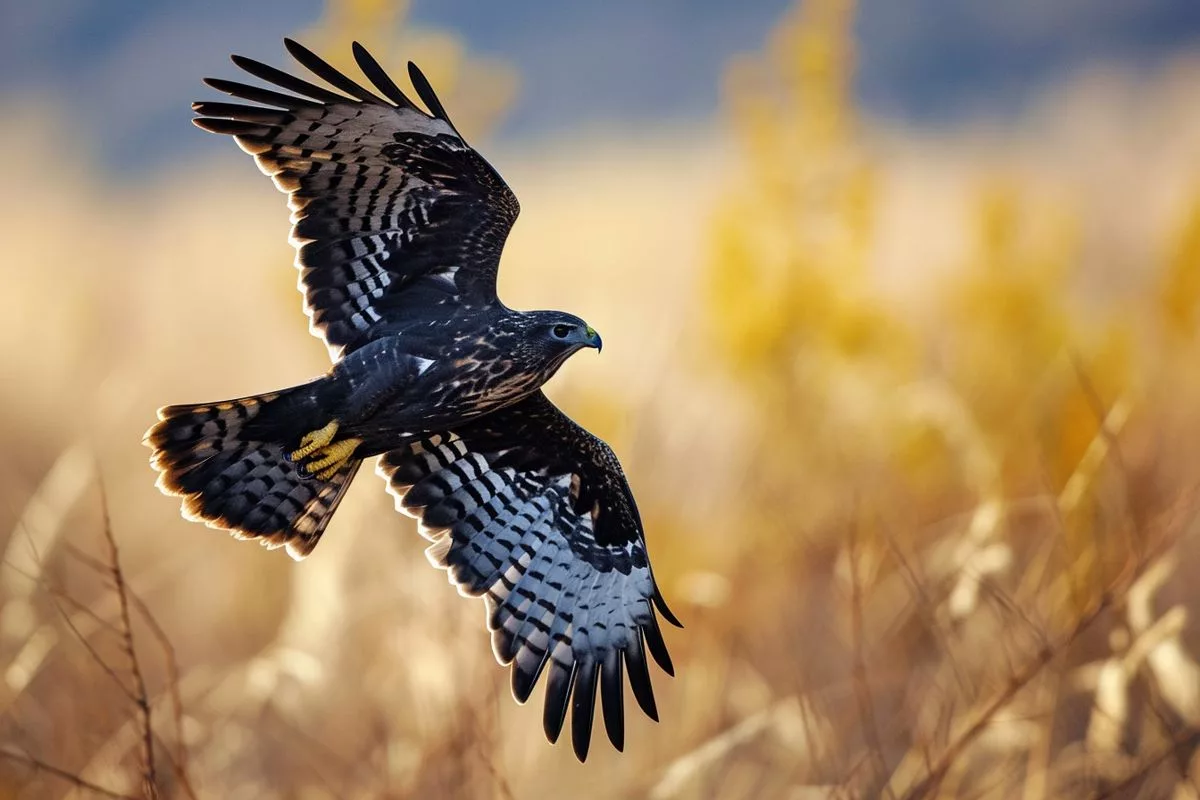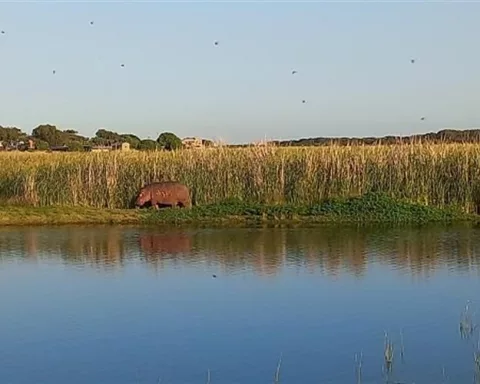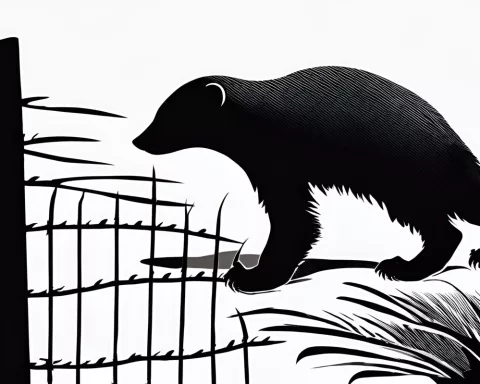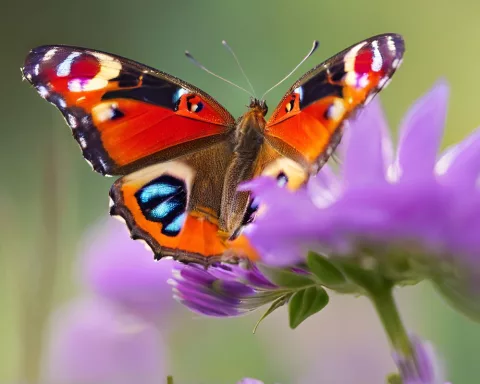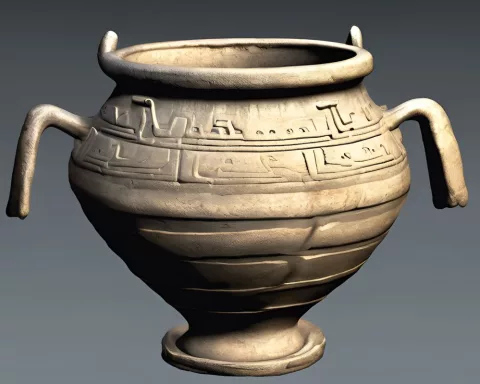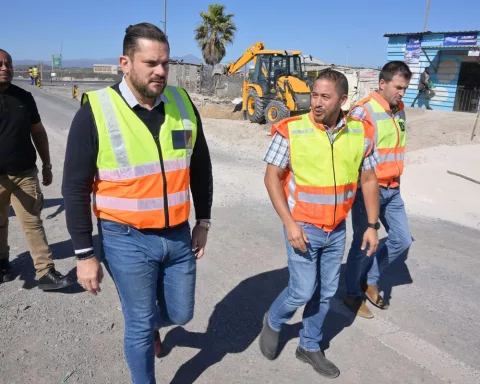The survival of the Black Harrier is intricately linked to the preservation of the entire ecosystem, highlighting the pressing need for conservation efforts. Recent collaborative efforts have provided a ray of hope for the Renosterveld and other endangered species, emphasizing the importance of collective action in protecting the planet’s biodiversity.
The Vital Ecosystem of Renosterveld
Renosterveld is a sanctuary for the Black Harrier and a treasure trove of biological diversity. Its significance lies not only in the preservation of a single species but in the survival of the entire ecosystem. The interdependent relationship of the species highlights the pressing need and intricacy of preservation efforts.
In the Overberg region of the Western Cape, a quiet war for the preservation of endangered species is gaining momentum. This battlefield is unlike any other, teeming with biodiversity, and sprinkled with delicate flora and fauna. Among the diverse lifeforms in this region, the Black Harrier, a magnificent raptor, hovers on the brink of extinction, with a mere 1300 left in existence. The survival of this species is intricately linked to the Renosterveld, a lush ecosystem central to the Cape Floral Kingdom.
The Vital Ecosystem of Renosterveld
The Renosterveld is not just a sanctuary for the Black Harrier. It holds a treasure trove of biological diversity, serving as a home to several other endangered species. One such species is the Pink Iris (Hesperantha kiaratayloriae), a rare flower discovered in the Plaatjieskraal property in 2012. Its rare beauty adds a unique charm to the Renosterveld and has only been observed once in another unprotected location. The singularity of this ecosystem highlights the pressing need and the intricacy of the preservation efforts.
The Symbolic Struggle of the Black Harrier
The Black Harrier, with its dwindling numbers, serves as a heartbreaking emblem of the wider environmental crisis. Annually, their population decreases, teetering ever closer to oblivion. Yet, habitat loss is not the only danger these birds face. Changing weather patterns and global warming pose significant challenges. In periods of prolonged drought, the Black Harrier halts breeding, making their existence increasingly precarious in the face of environmental instability.
Interdependence within the Renosterveld
The task of conserving the Renosterveld, however, is not solely focused on the Black Harrier. It hinges on the survival of the entire ecosystem. Rob Simmons, from the FitzPatrick Institute of African Ornithology at the University of Cape Town, aptly describes this interdependent relationship. He comments, “Preserving the remnants of Renosterveld is not only critical for the Black Harriers; it’s essential for the longevity of the complete ecosystem.”
Securing the future of the Renosterveld is indeed a multifaceted challenge. It encompasses more than protecting a single species; it involves saving an entire ecosystem teetering on the edge of extinction. Odette Curtis-Scott, director of the Overberg Renosterveld Conservation Trust (ORCT), underlines this point. She states, “This conservation effort is not just about shielding a single species; it’s about preserving an entire ecosystem on the brink of vanishing.”
A Ray of Hope: Collaboration in Conservation
Notably, the recent acquisition of 500 hectares of the endangered Renosterveld habitat in the Plaatjieskraal property has instilled a sense of hope in this preservation battle. This valuable land serves as a lifeline in an environment scarred by the continuous loss of biodiversity. The property is on its way to becoming a protected nature reserve, signifying the potential of collaborative efforts in saving our natural heritage.
This preservation initiative is a joint effort involving WWF South Africa, the World Land Trust, the ORCT, and other stakeholders. It stands as evidence of what can be achieved when diverse entities come together for a common cause. This communal action symbolizes a beacon of hope for the Black Harrier and other endangered species that inhabit the Renosterveld.
The Larger Narrative of Global Biodiversity
The struggle to save the Renosterveld is representative of a larger global effort to protect the planet’s biodiversity. It narrates a story of resilience and collaboration, emphasizing the necessity of combined efforts to protect and restore the intricate web of life on Earth. It’s also a poignant reminder of the integral role every species, regardless of size or perceived importance, plays in the broader context of life. It reinforces our understanding of the delicate balance of existence and the urgency of preserving biodiversity in all corners of the earth.
1. What is the Renosterveld and why is it significant?
The Renosterveld is a vital ecosystem in the Overberg region of South Africa, serving as a home to several endangered species, including the Black Harrier and the Pink Iris. Its significance lies not only in the preservation of a single species but in the survival of the entire ecosystem.
2. What is the Black Harrier and why is its survival important?
The Black Harrier is a magnificent raptor on the brink of extinction, with only 1300 left in existence. Its survival is intricately linked to the Renosterveld, and its dwindling numbers serve as a symbol of the wider environmental crisis.
3. What are the dangers that the Black Harrier faces besides habitat loss?
Besides habitat loss, the Black Harrier faces challenges due to changing weather patterns and global warming. In periods of prolonged drought, the Black Harrier halts breeding, making its existence increasingly precarious in the face of environmental instability.
4. How is the survival of the Black Harrier linked to the survival of the entire ecosystem?
The conservation of the Renosterveld hinges on the survival of the entire ecosystem, not solely focused on the Black Harrier. The interdependent relationship of the species highlights the pressing need and intricacy of preservation efforts.
5. What recent collaborative efforts have provided hope for the Renosterveld?
The recent acquisition of 500 hectares of the endangered Renosterveld habitat in the Plaatjieskraal property has instilled a sense of hope in this preservation battle. This valuable land serves as a lifeline in an environment scarred by the continuous loss of biodiversity, and it’s on its way to becoming a protected nature reserve. This preservation initiative is a joint effort involving WWF South Africa, the World Land Trust, the ORCT, and other stakeholders.
6. What is the larger narrative of global biodiversity represented by the struggle to save the Renosterveld?
The struggle to save the Renosterveld is representative of a larger global effort to protect the planet’s biodiversity. It emphasizes the necessity of combined efforts to protect and restore the intricate web of life on Earth and reinforces our understanding of the delicate balance of existence and the urgency of preserving biodiversity in all corners of the earth.

